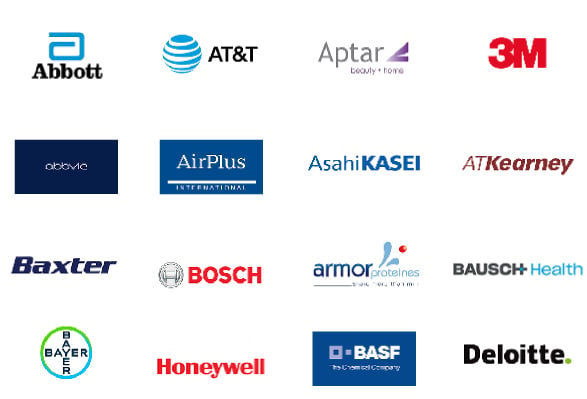The Global Orthopedics Devices Market is estimated to be valued at USD 63.01 Bn in 2025 and is expected to reach USD 85.90 Bn by 2032, exhibiting a compound annual growth rate (CAGR) of 4.5% from 2025 to 2032.
Key Takeaways of the Orthopedics Devices Market:
Market Overview:
The orthopedics devices market is expected to witness positive trends over the forecast period supported by growing geriatric population worldwide and the subsequent rise in degenerative bone diseases. Additionally, favorable regulatory approvals and reimbursement policies in developed regions are encouraging new product launches. However, high costs associated with orthopedic procedures may limit market growth to some extent. But increasing accessibility of healthcare insurance in developing regions is likely to create new opportunities for market participants.
Joining thousands of companies around the world committed to making the Excellent Business Solutions.
View All Our Clients